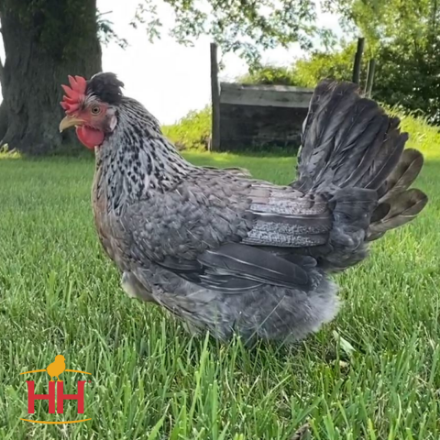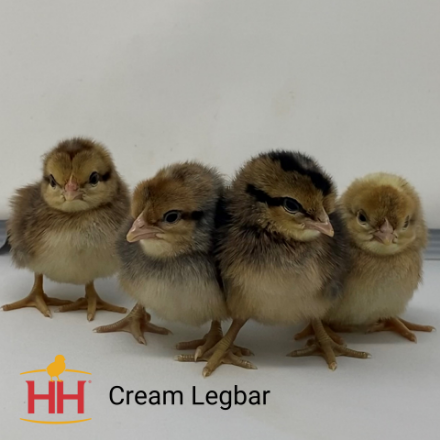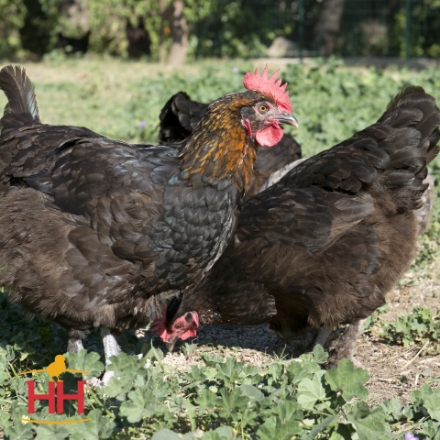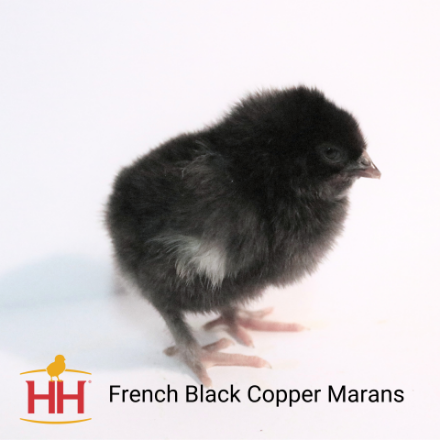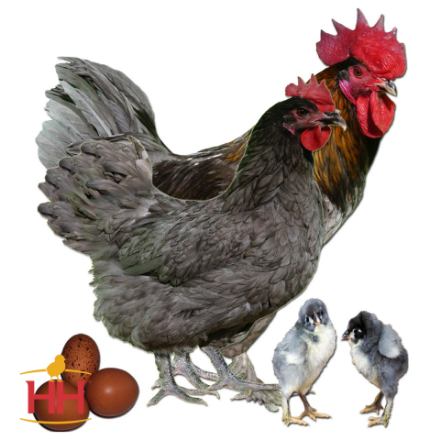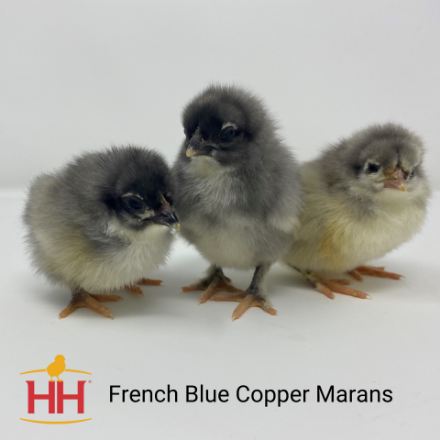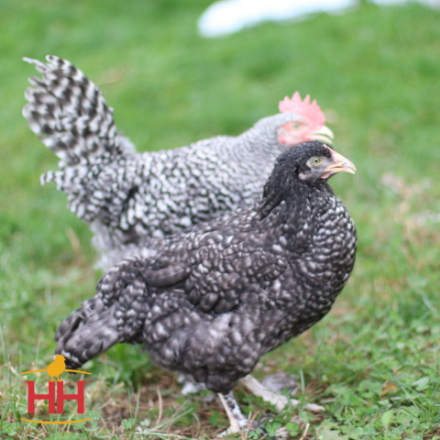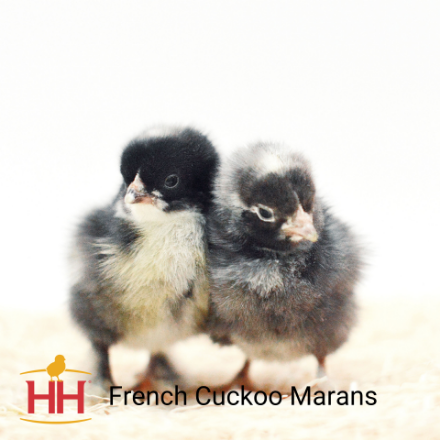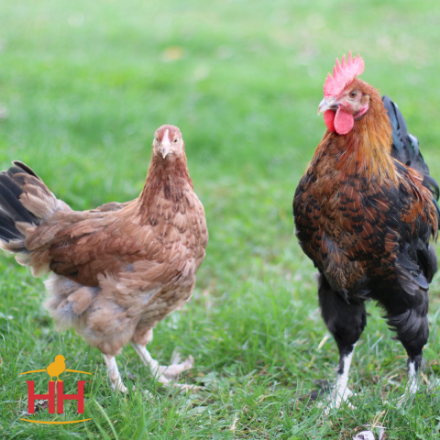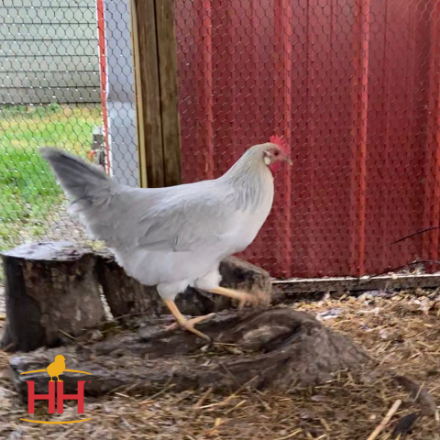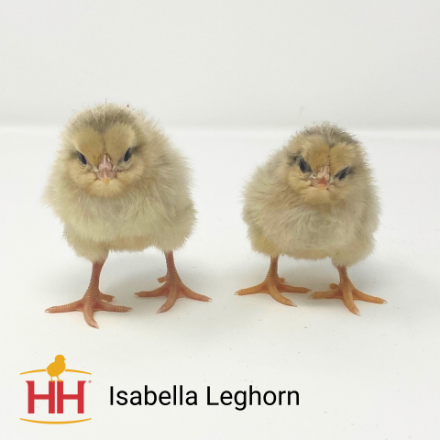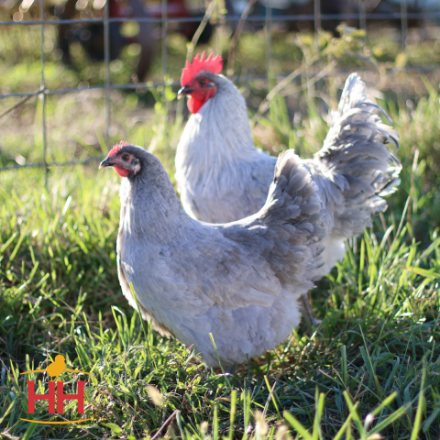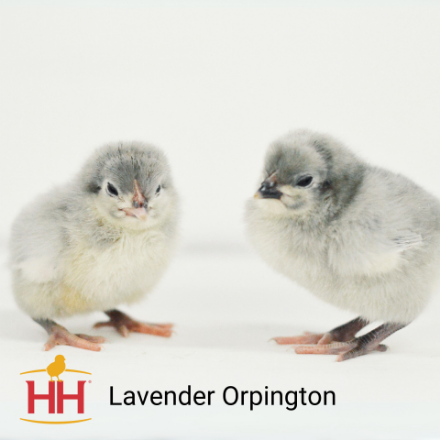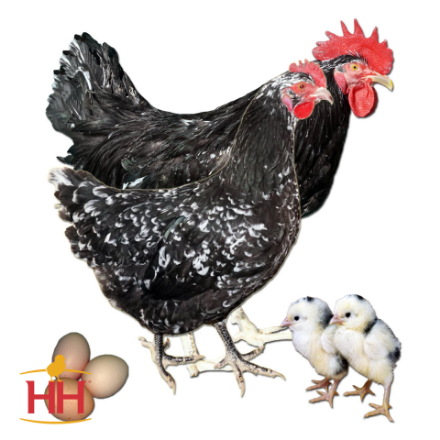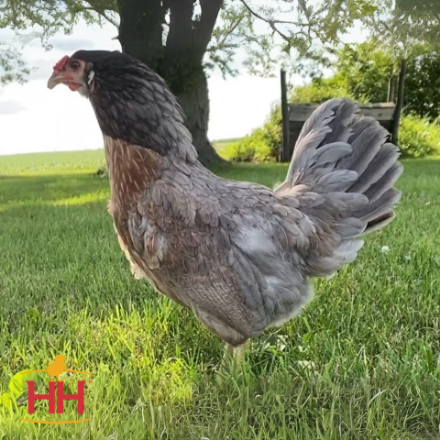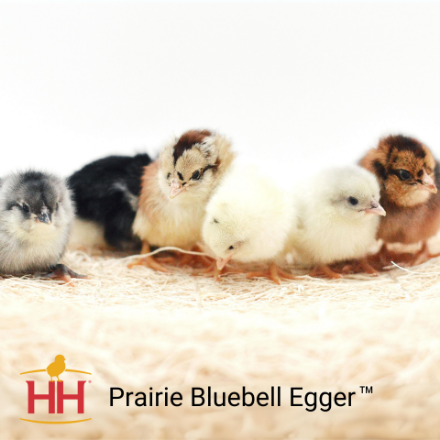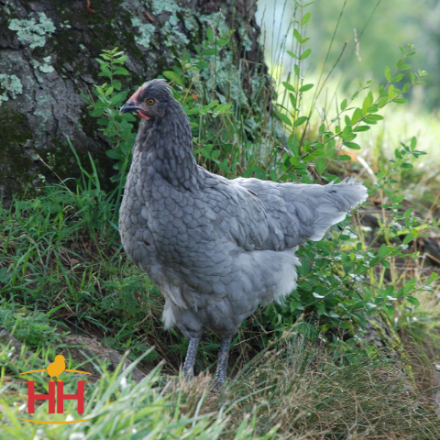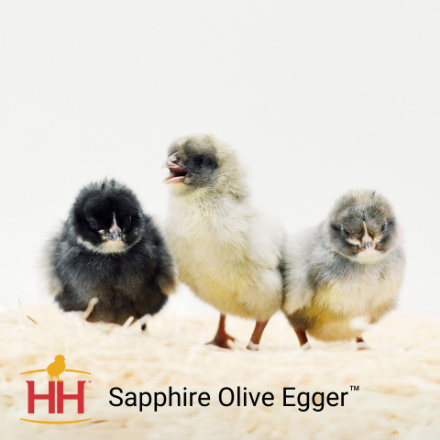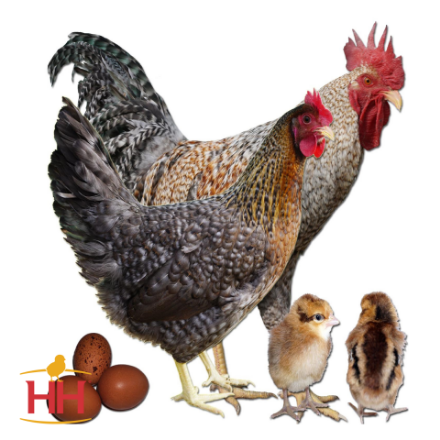Rare Breeds
Our minimum shipping quantity for chicks is 15. There is a minimum of 5 per sex and breed. We reserve the right to change order minimums as needed.
Legbars are a lightweight British breed created in the 1930s by mating blue egg-laying birds from South America (similar to the Araucana) with Golden Penciled Hamburgs, and Buff, Brown, and White Leghorns. The goal of the geneticists was to develop a blue egg-laying chicken that was auto-sexing. Auto-sexing means that generation after generation the chicks can be sexed at one-day of age by the color of their down. After about 15-years of work, the Legbar finally came into existence and was first exhibited at the London Dairy Show in 1947. The plumage is a mix of cream shades overlaid with faint black barring and features a small crest on the top of the head.
Starting at: $7.53
The Maran breed originates from a town called Marans, France. It is a very winter hardy breed with a docile temperament. They are more athletic and take to foraging and free ranging more often than other breeds. The French Copper Marans lay dark brown eggs. Purpose: Dual-Purpose Production: 225 Medium Dark Brown Eggs/Year Temperament: Docile, Friendly, Easy to Handle Mature Weight: 6-7 lbs. Hardiness: Cold and Heat Hardy Broodiness: Often Comb Type: Single Comb
Starting at: $7.53
The French Blue Copper Marans is an extremely rare and beautiful chicken. They are feather-legged, medium large birds that lay a dark brown egg. They will have a blue-grey body with some orange on the neck.
Currently Unavailable
The Maran breed originates from a town called Marans, France. It is a very hardy breed with a docile temperament. This breed tends to be more athletic, taking to foraging and free ranging more often than other breeds. The hens lay dark brown and dark speckled eggs. These tough birds make a great addition to any backyard flock. Purpose: Dual-Purpose Production: 225 Medium Dark Brown Eggs/Year Temperament: Docile, Friendly, Easy to Handle Mature Weight: 6-7 lbs. Hardiness: Cold and Heat Hardy Broodiness: Often Comb Type: Single Comb
Currently Unavailable
The Maran breed originates from a town called Marans, France. It is a very hardy breed with a docile temperament. This breed tends to be more athletic, taking to foraging and free ranging more often than other breeds. The hens lay dark chocolate eggs. These tough birds make a great addition to any backyard flock. Purpose: Dual-Purpose Production: 225 Medium Dark Brown Eggs/Year Temperament: Docile, Friendly, Easy to Handle Mature Weight: 6-7 lbs. Hardiness: Cold and Heat Hardy Broodiness: Often Comb Type: Single Comb
Starting at: $7.53
Leghorns are an ancient breed that first originated in Italy and have always been famous for their egg production capabilities. The first Leghorns came to the U.S. starting in the 1820s with frequent importations through the 1850s. From here, the breed was further refined and improved into the breed as we know it today. To this day, they are still recognized as a top egg-producing breed that is highly efficient at converting feed into eggs. They are an active, graceful breed that does well in free-range situations. Isabella Leghorns are a newer variety of Leghorn that feature pastel shades of cream and blue. Hens are an even pastel blue shade with cream-colored hackles and breasts. The hackle and saddle of the males are a cream color with blue striping on each feather while the tail and breast are an even shade of pastel blue. Purpose: Egg Layer Production: 300 Large White Eggs/Year Temperament: Active, Flighty Mature Weight: 4-5 lbs. Hardiness: Cold and Heat Hardy Broodiness: Rarely Comb Type: Single Comb
Currently Unavailable
One of the best breeds for newcomers to chickens, and for families with young children. Named for the English town where they were developed, Orpingtons come in several feather colors, but all are big quiet birds with fluffy feathers that keep them toasty warm during frigid weather. Purpose: Dual-Purpose Production: 220 Medium Brown Eggs/Year Temperament: Docile, Calm, Gentle, Friendly, Good with Children Mature Weight: 7-8 lbs. Hardiness: Cold and Heat Hardy Broodiness: Occasionally Comb Type: Single Comb
Starting at: $7.53
Mottled Javas are a large bird, displaying black plumage with white mottling. The Mottled Java is an old breed, developed in the United States in the early 1800s. They are hardy, good layers and an ideal dual-purpose chicken.
Currently Unavailable
Our Prairie Bluebell Egger® lays a novel blue egg but produces higher quality eggs than a pure Araucana. This breed was created by crossing Araucanas and White Leghorns, this creates a chicken that lays a large quantity of eggs that have blue shells. The Prairie Bluebell Egger® is an active bird that is very good at foraging. They are lightweight and do not eat as much as larger breeds. Plumage color varies considerably among individuals, so you can count on having a great variety of beautiful color patterns. Purpose: Egg Layer Production: 240 Medium Blue Eggs/Year Temperament: Active, Athletic, Alert Mature Weight: 4-5 lbs. Hardiness: Cold and Heat Hardy Broodiness: Rarely Comb Type: Pea Comb
Starting at: $7.53
The Sapphire Olive Egger™ is both easy on the eyes and the olive eggs are sure to be a great addition to your “eggscape” in your egg carton! This hybrid is a wonderful egg layer, and you cannot resist that tuft on their heads! These birds adapt well to different climates, especially warmer ones. *This hybrid is not perfect, about 5% of the hens may lay brown eggs.* Purpose: Egg Layer Production: 290 X-Large Olive Eggs/Year Temperament: Docile, Active Mature Weight: 6-7 lbs. Hardiness: Cold and Heat Hardy Broodiness: Occasionally Comb Type: Single Comb
Starting at: $7.53
The Welbar is a cross between the Welsummer and the Barred Plymouth Rock. Welbars exhibit unusual crele coloration. They are docile birds, very good egg layers, are a great choice for a dark brown egg layer.
Starting at: $7.53

